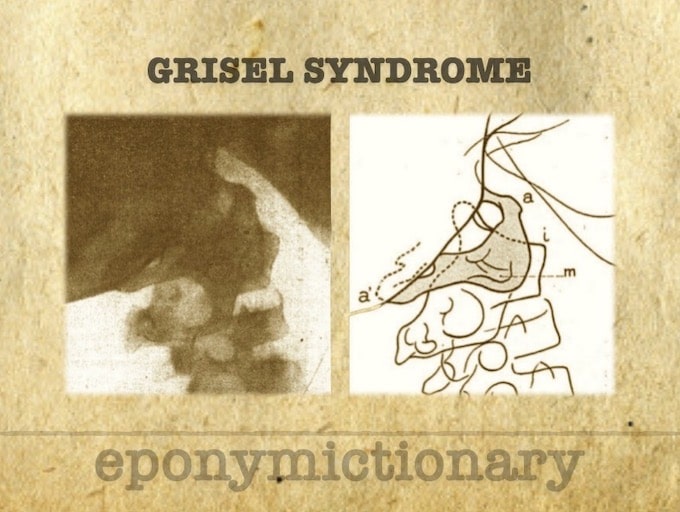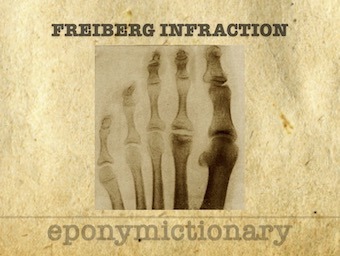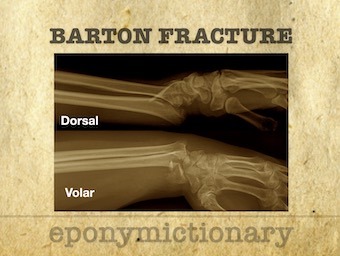
François Chopart
François Chopart (1743 – 1795) was a French Surgeon. Eponymously associated with Chopart fracture-dislocation, Chopart joint and Chopart amputation.

François Chopart (1743 – 1795) was a French Surgeon. Eponymously associated with Chopart fracture-dislocation, Chopart joint and Chopart amputation.

Konrad Weiss (1891 - 1976) was an Austrian radiologist. Early descriptions of Müller-Weiss syndrome, the dissecting aortic aneurysm, and gastric torsion

Spontaneous, nontraumatic rotatory subluxation of the atlantoaxial joint following peripharyngeal inflammation or ENT surgical procedures

Köhler disease: rare, self-limiting, avascular necrosis (osteochondrosis) of the navicular bone in children. Described in 1908 by Alban Köhler (1874–1947)

Freiberg infraction: osteochondrosis of the metatarsal heads (typically the 2nd metatarsal head) described by Albert Freiberg in 1914, Alban Köhler in 1915

Peter Beighton OMB, MD PhD, FRCP . Professor of Medical Genetics, University of Cape Town, South Africa. Beighton Score (1971)

Thomas George Morton (1835 – 1903) was an American surgeon. Eponyms include Morton's neuroma; neuralgia and metarsalgia

Legg-Calvé-Perthes disease (LCPD): avascular necrosis (AVN) of the proximal femoral head. The disease is usually insidious in onset and may occur after an injury to the hip.

Barton fracture: Intra-articular distal radius fracture with radiocarpal joint subluxation. John Rhea Barton described Barton fracture in 1838.

Müller-Weiss syndrome , or spontaneous osteonecrosis of the tarsal navicular in adults, is a rare cause of chronic medial midfoot pain.

Joseph François Malgaigne (1806-1865) French Surgeon medical historian and critical thinker. Malgaine fracture (1847) unstable pelvic fracture

Osteopoikilosis is a autosomal dominant sclerosing bony dysplasia characterized by multiple benign benign sclerotic bone lesions (enostoses) that tend to localize in periarticular osseous regions